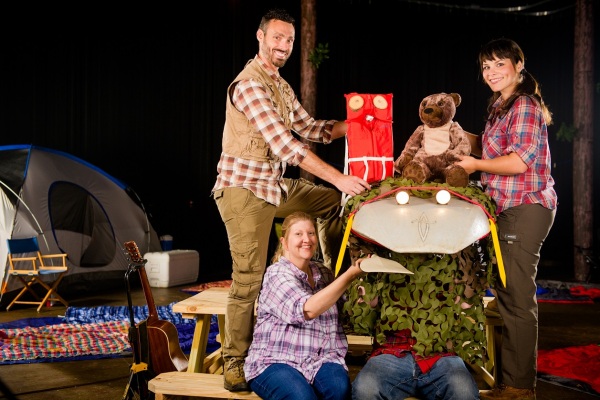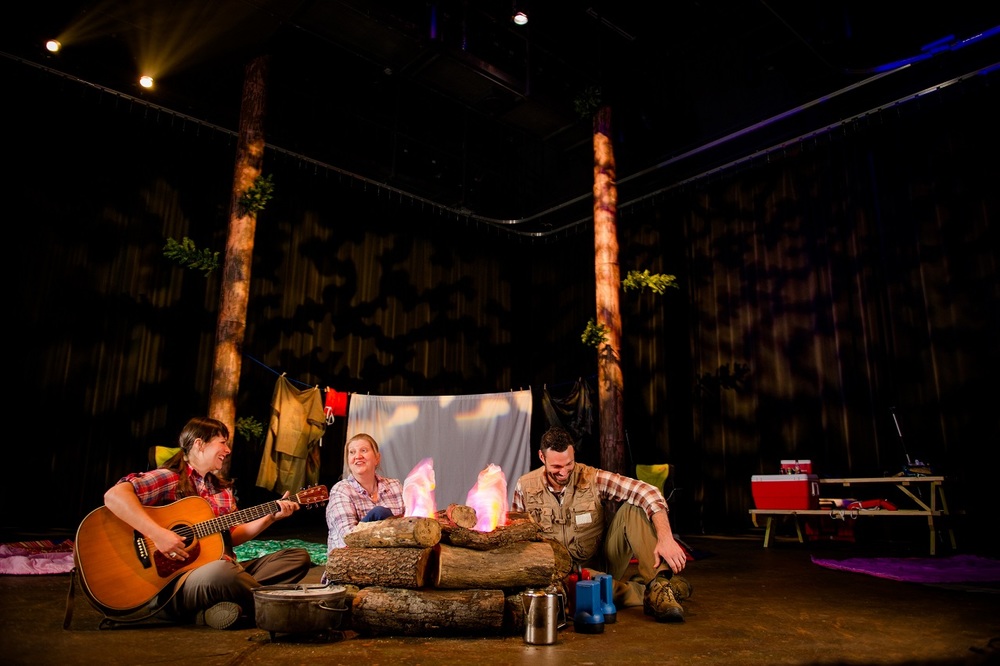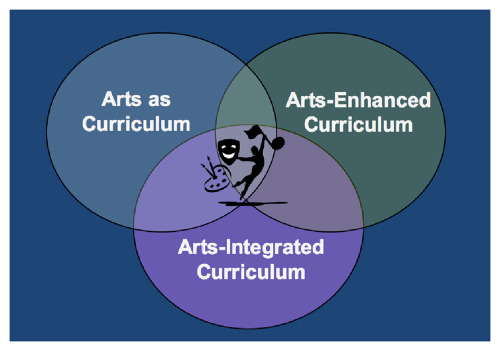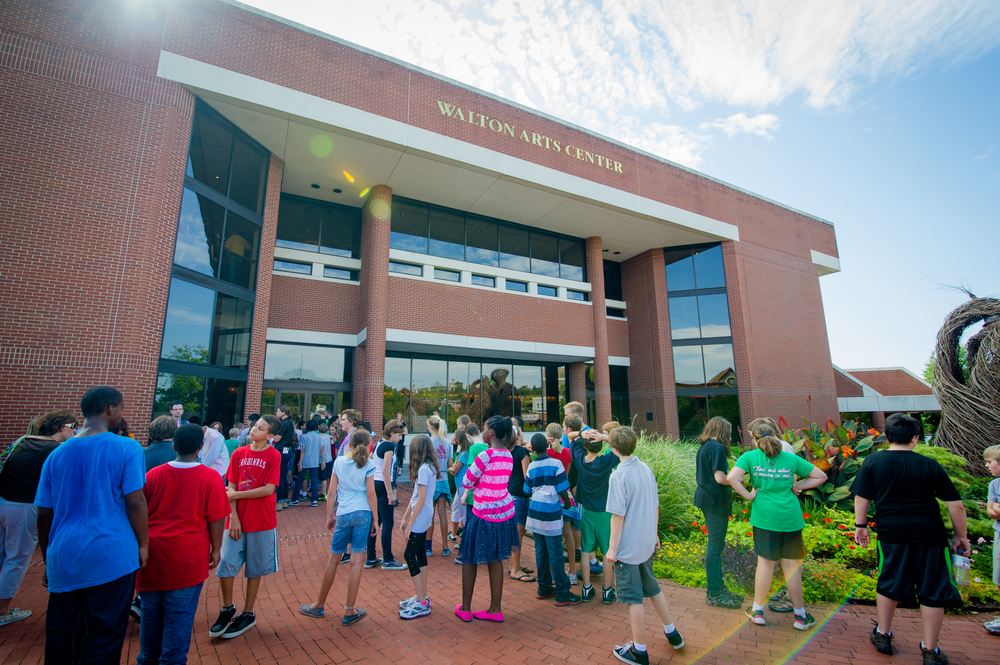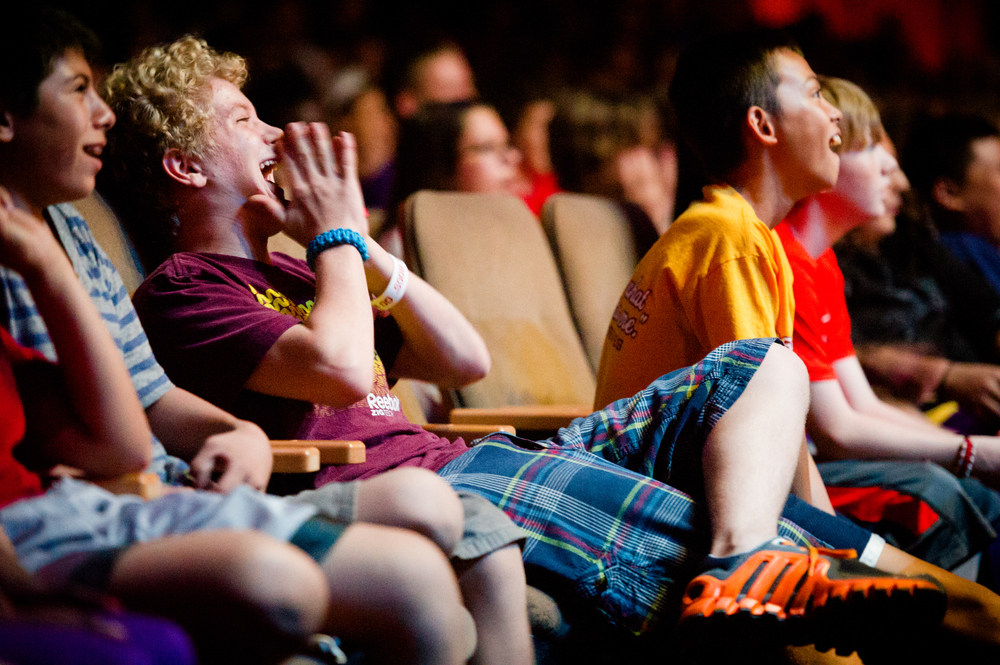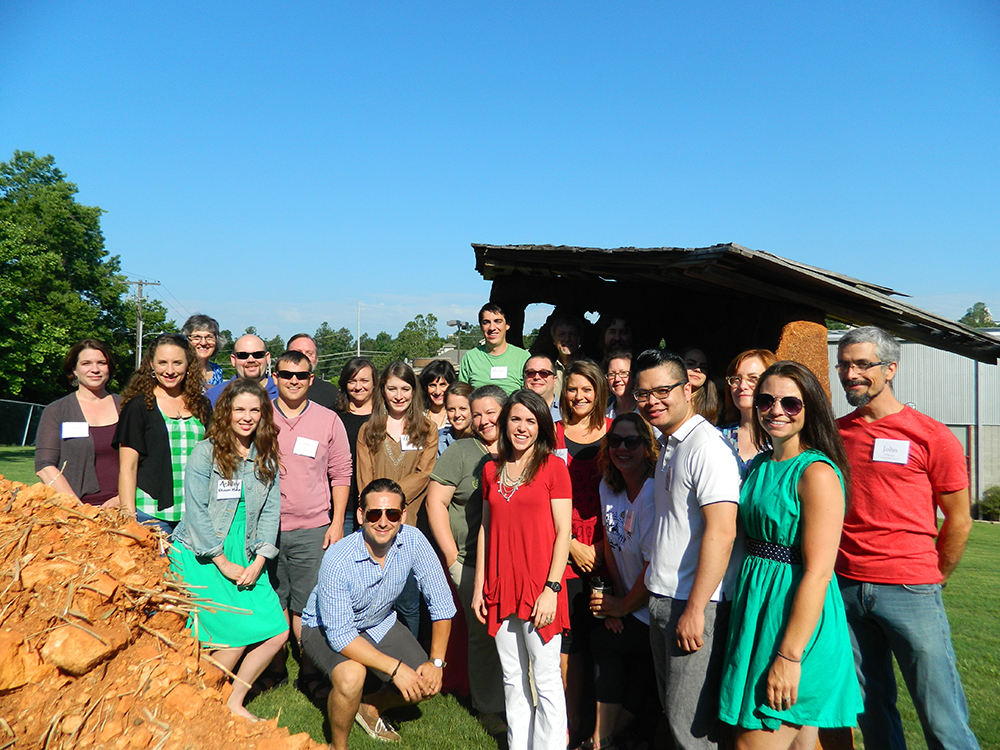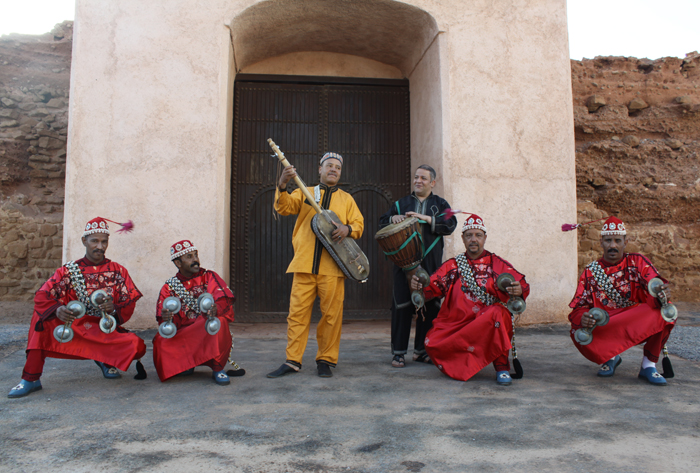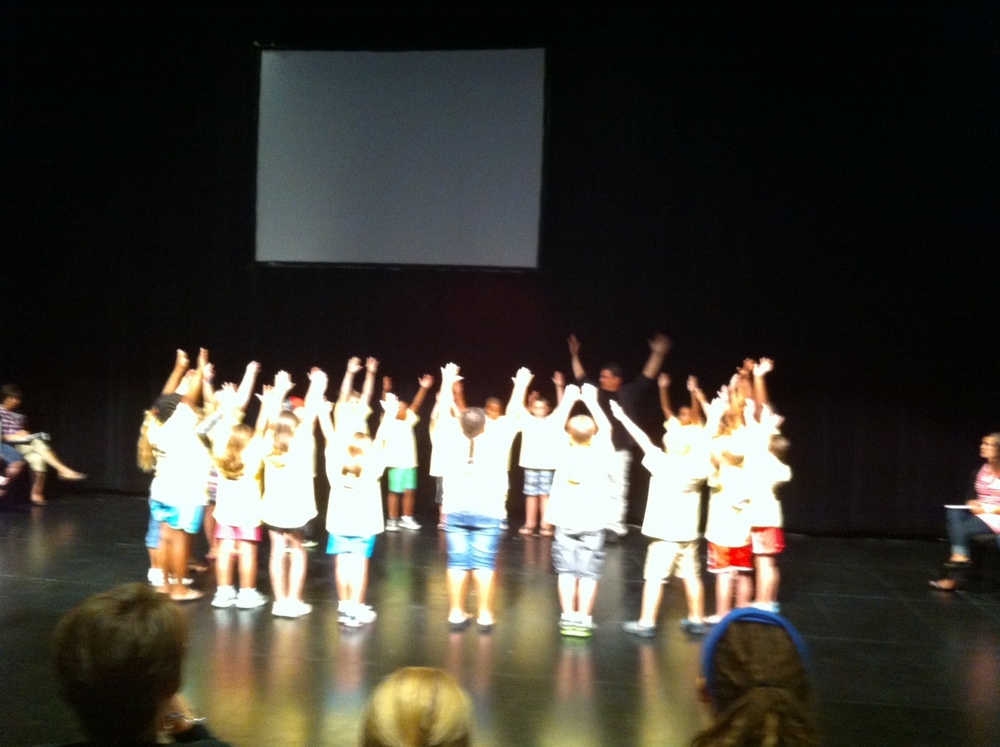This October, we decided to do something a little different with Information Literacy Awareness Month. In Beauty and the Beast, Belle teaches the Beast to read, highlighting the importance of literacy through the arts. In recognition of Belle’s commitment, we decided to partner with the Ozark Literacy Council to promote “Arts + Literacy,” a campaign to raise money and awareness for literacy in our community. From Oct. 1 – 14, $1 was donated to OLC for every ticket purchased to Disney’s Beauty and the Beast, which is happening this weekend. If you missed out, don’t worry! Limited tickets are still available, and OLC will have information tables set up in the lobby at every performance!
We are excited to say the campaign was a great success! With your help, we were able to donate $500 to OLC to support literacy in our community! The Ozark Literacy Council’s mission it to improve lives by expanding and promoting literacy within the community. Their vision is to ensure that everyone in Washington County possess literacy and language skills that enhance their lives and empower them to become full participating members of our community.
Ozark Literacy Council…
- Is the oldest and largest literacy council in the state.
- Serves well over 300 students from more than 50 different countries.
- Had almost 20,000 instructional hours completed by volunteers last year.
- Offers all classes at no cost.
Literacy is more than being able to read, it’s the ability to use printed and written information to function in society, to achieve one’s goals and to develop one’s knowledge and potential.
Did you know…
- 298,000 Arkansas function at below basic literacy skills. That’s 10.5% of the state’s population!*
- 93 million adults (32.1%) struggle with basic literacy skills nationwide.*
- The U.S. ranks 5th on adult literacy skills when compared to other industrialized nations.
- Low literacy costs the U.S. $225 billion or more each year in non-productivity, crime, and loss of tax revenue due to unemployment.
- According to LiteracyPartners.org, for every dollar that gets spent on adult illiteracy, society reaps $7.14 in returns — whether through increased revenues or decreased expenditures. Thanks to your help, this campaign could have a $3,570 impact!
Literacy + Community
Besides the donations made to OLC, we also participated in other events in the community to encourage literacy.

On Oct. 8, we joined 5 News anchor Jocelyne Pruna for a funny fairy tale story time at the Fayetteville Public Library. Kids whose parents are involved with them in family literacy activities score 10 points higher on standardized tests. Plus, a mother’s reading skill is the greatest determinant of her children’s future academic success, more important than factors like neighborhood and family income!
Literacy + Schools
Just like Belle, NWA school children love books, and we wanted to hear about it! The I Love Books Essay Content was held at three area schools that participate in the Northwest Arkansas Writing Project through the University of Arkansas. This was part of our Learning and Engagement literacy initiative. Students from 2nd-12th grade wrote essays talking about their favorite books, and two winners were selected at random. Read one of the essays here! Congratulations to our winners: Taylor Caudle of Prairie Grove Middle School and Lexi Willroth of Walker Elementary School!
Beauty and the Beast will be at Walton Arts Center for five performances this weekend, from Oct. 18 to 20. More information and tickets can be found at: waltonartscenter.org/event/beauty-and-the-beast/.
*Based on population size in 2003 when the U.S. Department of Education conducted the National Assessment Survey of Adult Literacy.



